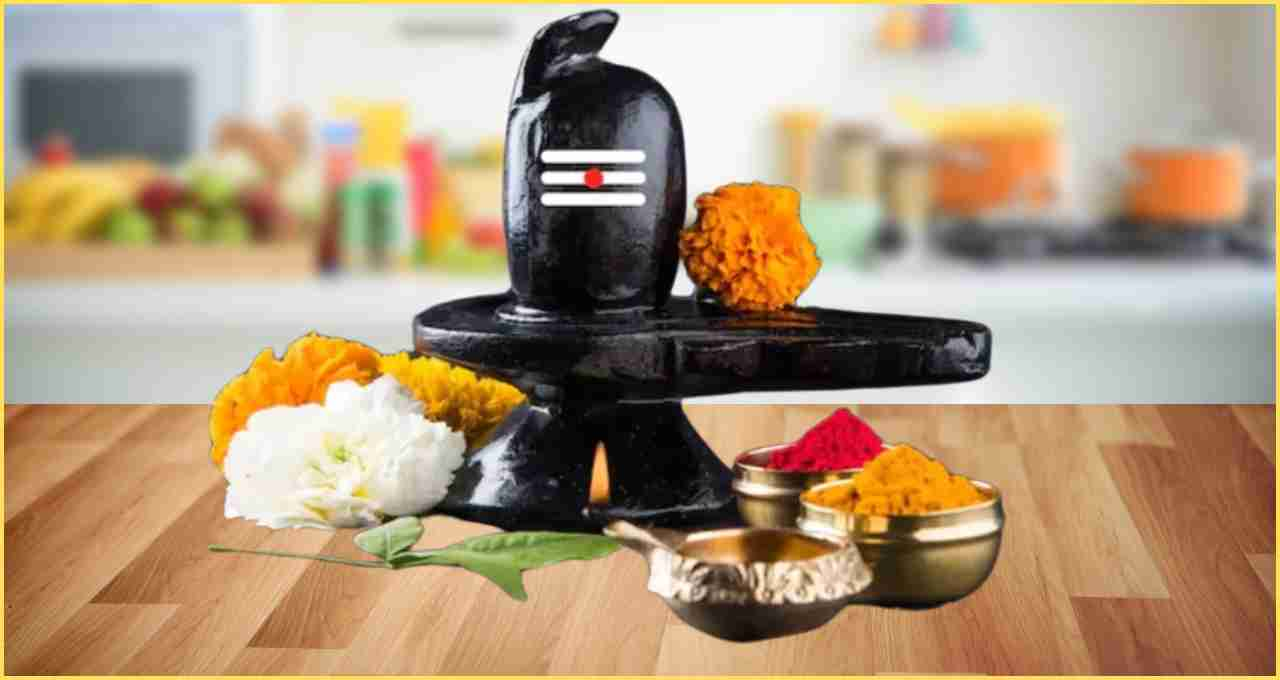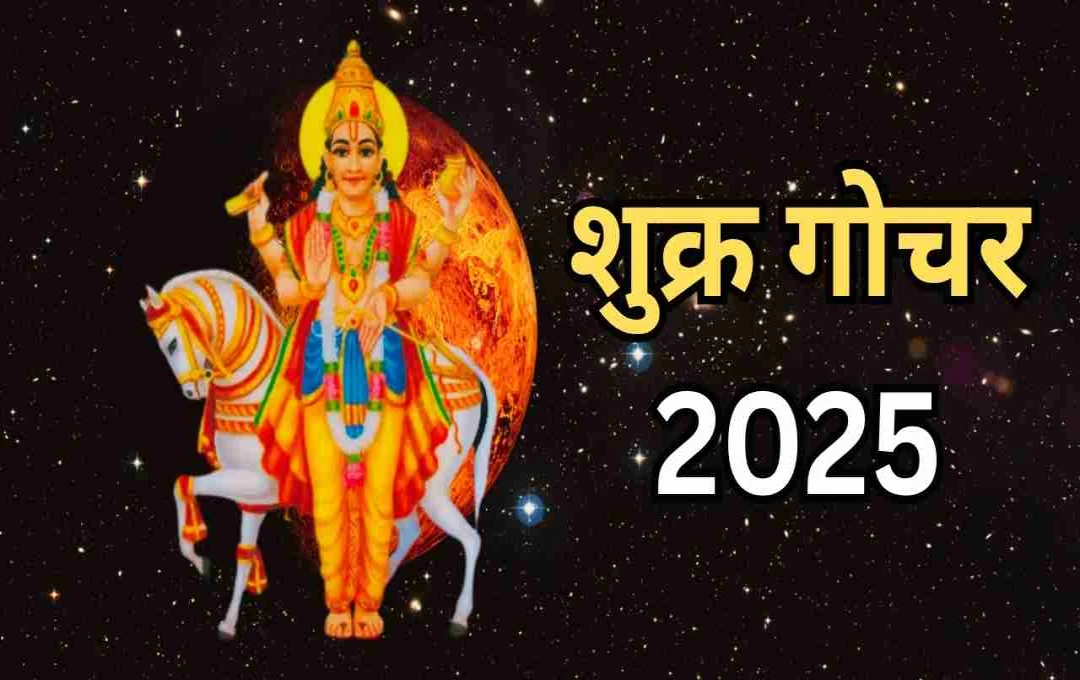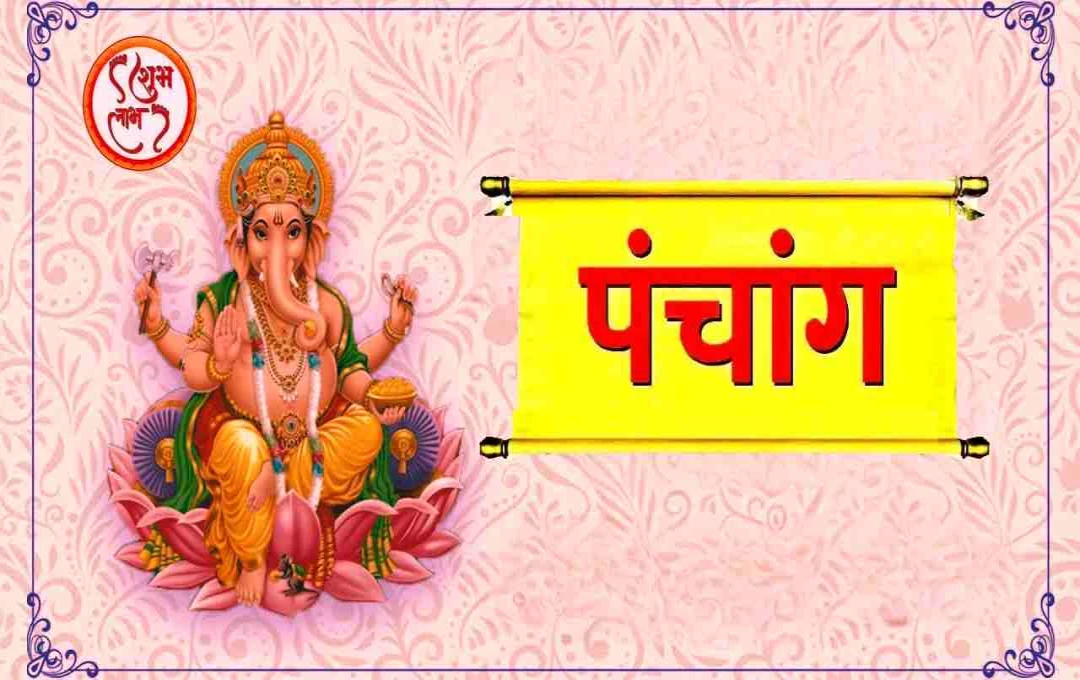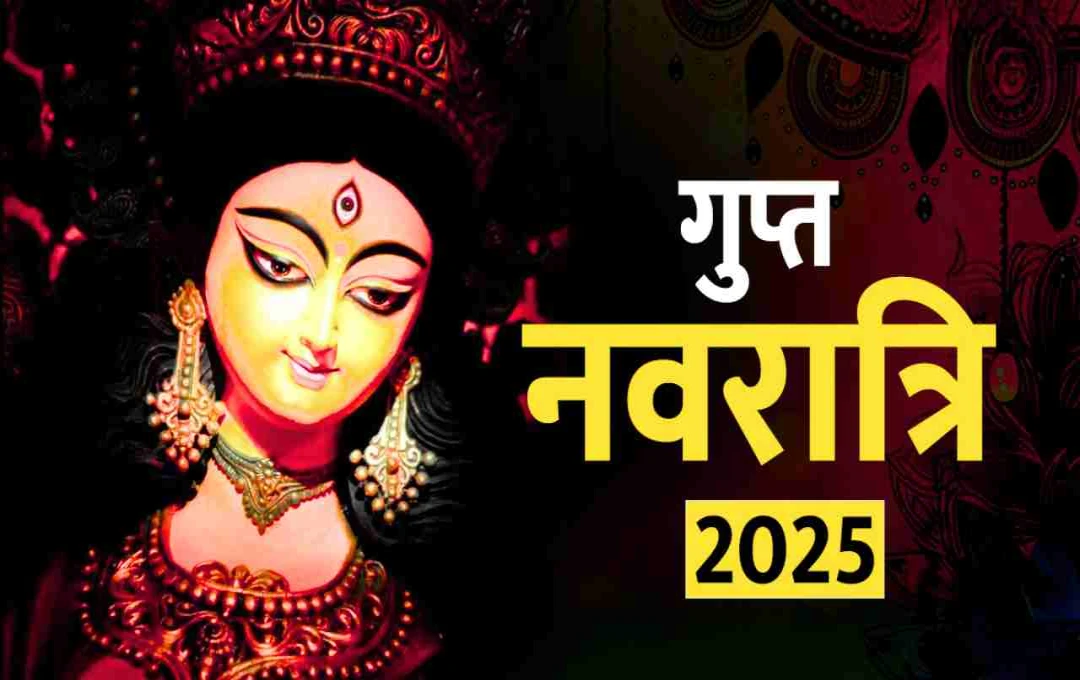In Hinduism, the worship of Lord Shiva holds immense significance. Various special pujas are performed throughout the week to please Mahadev, but the Pradosh Vrat is considered the most auspicious and effective. In 2025, the last Pradosh Vrat of the Jyeshtha month falls on June 8th, a Sunday, making it even more auspicious as a Ravi Pradosh Vrat. On this special day, the worship of Lord Shiva is believed to alleviate all life's troubles and potentially change one's fortune.
What is Pradosh Vrat and Why is it Special?

Pradosh Vrat is observed on the Trayodashi Tithi (13th lunar day) of every month, falling in both the Shukla Paksha (bright fortnight) and Krishna Paksha (dark fortnight) of the lunar month. On this day, worship of Lord Shiva is performed during the Pradosh Kaal (approximately 45 minutes before and 45 minutes after sunset).
According to religious beliefs, observing the Pradosh Vrat pleases Lord Shiva quickly. This fast is particularly beneficial for those seeking wealth, children, health, and peace.
In 2025, the last Pradosh Vrat of the Jyeshtha month falling on a Sunday increases its importance. It is called Ravi Pradosh Vrat and is believed to remove Sun-related defects and obstacles in life.
Vrat Date and Auspicious Muhurat
- Vrat Begins: Sunday, June 8, 2025, 7:17 AM
- Vrat Ends: Monday, June 9, 2025, 9:35 AM
- Auspicious Puja Muhurat (Pradosh Kaal): 7:18 PM to 9:19 PM
Worshiping Lord Shiva and Goddess Parvati during this time is considered highly fruitful.
How to Perform Pradosh Vrat Puja?
During Pradosh Vrat, devotees observe a fast, either complete or by consuming fruits. In the evening, after bathing and wearing clean clothes, the puja is performed. A Shivling is established at home, or one can visit a temple to perform abhishekam (ritual bath) and puja of Lord Shiva.
The Puja Ritual Includes:
- Abhishekam of the Shivling with water and Panchamrit
- Offering Belpatra leaves, Dhatura, Ak flowers, white flowers, cow's milk, honey, and ghee
- Offering incense, lamp, and naivedya (food offering) and chanting Shiva mantras
- Reciting the Om Namah Shivaya mantra 108 times
- Reciting Shiva Chalisa or Rudrastakam
Offer These Items to the Shivling to Awaken Dormant Fortune

- Water and Ghee: Offering pure water and cow's ghee to the Shivling is considered highly auspicious. This remedy removes negative energy from life, promoting mental peace.
- Milk, Yogurt, and Honey: Abhishekam with these as Panchamrit is believed to cure ailments and remove obstacles in work.
- Belpatra Leaves: Offering three-leafed Belpatra to the Shivling pleases Lord Shiva greatly. These leaves symbolize purity of mind and devotion.
- White Sandalwood and Ganga Jal (Ganges water): Sandalwood symbolizes coolness, offering the Shivling a soothing effect. Ganga Jal imparts purity.
- Ak and Dhatura Flowers: These flowers are highly beloved by Mahadev. Offering them is believed to provide protection from enemies and fear.
Never Offer These Items to the Shivling
- Tulsi Leaves: Tulsi is considered sacred to Lord Vishnu, and offering it to the Shivling is prohibited. It displeases Lord Shiva.
- Turmeric and Vermilion: Turmeric and vermilion symbolize marital bliss, which doesn't align with Shiva's Bhairav and destructive forms. Therefore, they are forbidden.
- Coconut Water: Offering coconut water to the Shivling is also prohibited, as it is used in Goddess worship.
Benefits of Observing the Vrat
- Mental peace and increased self-confidence
- Success in business and career
- Attainment of progeny
- Elimination of family disputes and obstacles
- Pacification of planetary and ancestral defects
- Freedom from premature death and diseases
Pradosh Vrat is not merely a religious ritual; it's a path leading to auspiciousness, stability, and spiritual progress in life. The more devotion and regularity with which Lord Shiva is worshipped on this day, the quicker Mahadev bestows his grace.











